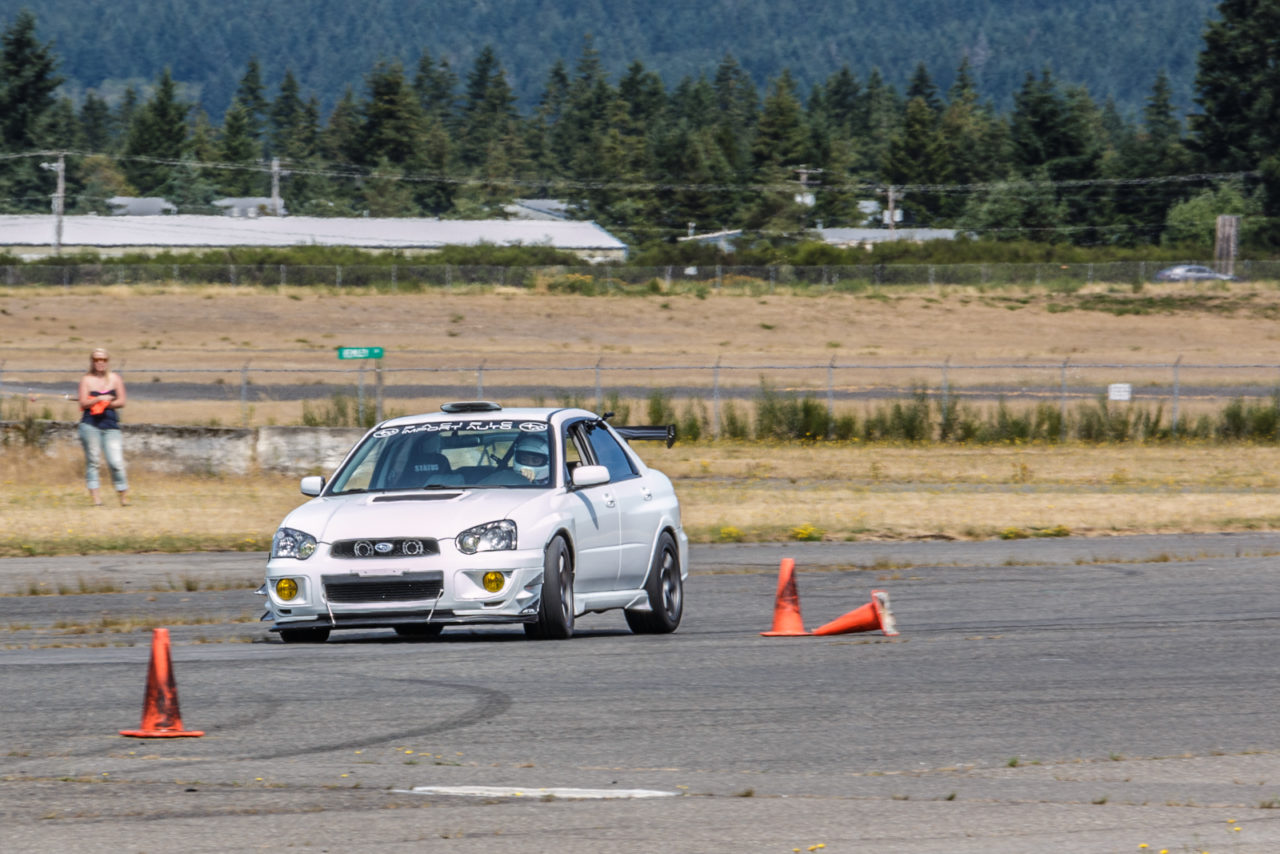Before we share the results of each day of the 2014 IMSCC, we wanted to make sure that the method we used to determine the points throughout the competition was clear to everyone following along.
Major categories of the IMSCC (the ones where performance was critical) were worth 100 points. The rest of the categories were worth 50 points each. Every category of the IMSCC had bonus points for finishing with the exception of Retail Price. Retail Price was calculated before the competition so it was impossible for a car to not finish.
Point Values for Each Category:
Retail Price – 50 points (50 points max)
Peak Horsepower – 100 + 10 bonus points (110 points max)
Power Delivery – 50 + 5 bonus points (55 points max)
Car Show – 50 + 5 bonus points (55 points max)
Build Quality – 50 + 5 bonus points (55 points max)
Ride Quality – 50 + 5 bonus points (55 points max)
Autocross – 100 + 10 bonus points (110 points max)
0-60-0 – 100 + 10 bonus points (110 points max)
Skidpad – 50 + 5 bonus points (55 points max)
Fuel Economy – 50 + 5 bonus points (55 points max)
Drag Racing – 100 + 10 bonus points (110 points max)
Each competitor’s points were distributed on a line that was determined by the best and worst performing cars.
An example of how this works for the Drag Racing portion of the event (not actual results):
Car A is the quickest car of the night with a 11.521 E.T. Car B is the slowest of the night with a 16.01 E.T. A line is drawn between the two and the slope of the line determines the points for the remaining competitors.
Car A receives 100 + 10 bonus points – (110 total) MAX
Car B receives 0 + 10 bonus points – (10 total) MIN
Car C runs an 11.750 E.T. which is very close in time to the fastest. This means that Car C receives almost the maximum points with 94.9 + 10 bonus points – (104.9 total)
Car D breaks down before making a pass and they receive a DNF which is worth 0 points – (0 total)
This scoring system encourages competitors to continue to race to receive the maximum number of points regardless of their place in that particular event. The slowest car also has an incentive to continue to race because running a faster time than their previous alters the slope of the line. If the slowest car runs faster than their previous best, the points for the rest of the competitors (except the top car) will end up being lower in the end.

